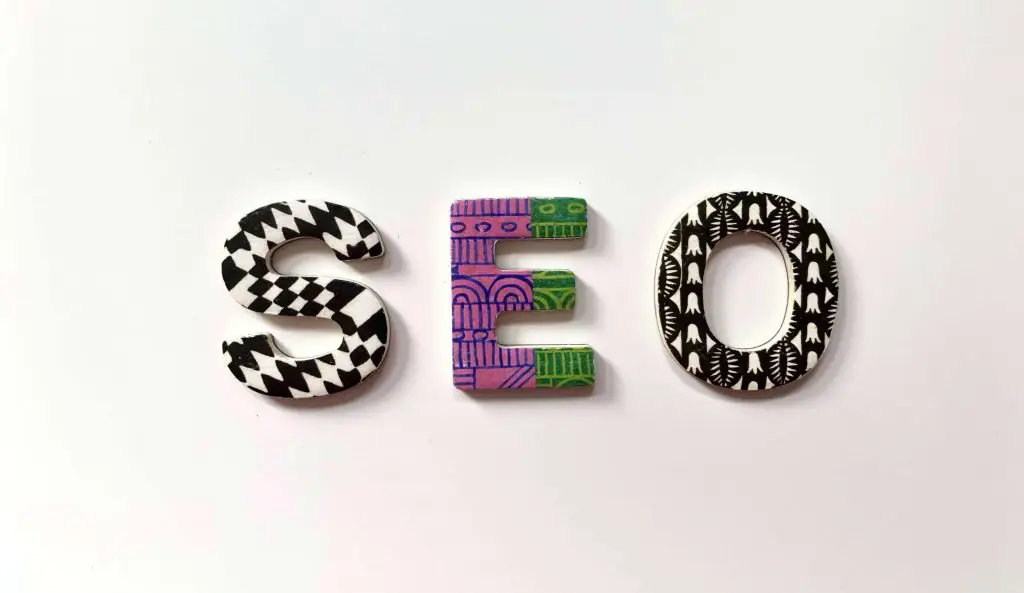Visual image search is about to play a huge role in search. Proper image marking and optimisation has always been recommended for improving traffic. If you haven’t optimised the images on your website yet, now is the time to do so. And no, image SEO isn’t just limited to filling alt tags. Here are the most effective image optimisation tips recommended by the Sydney SEO experts to attract more organic traffic:
Add Captions & Alt Text:
Alt text simply means image description. This is what your browser displays when you hover your mouse over an image. Make sure the alt text is useful and has the necessary information a user can understand.
Use keywords appropriately rather than stuffing them. Besides alt text, remember to add captions too. Captions are tiny descriptions that display right below an image. By using captions, the search engines will better understand what the image is all about.
Choose the Right Type of Image File:
The three popular image file types include JPEG, GIF, and PNG. The file sizes of these types vary significantly. Image type and size have a great influence on your site page speed. So, be sure to choose the right image format for an effective website optimisation in Sydney.
Utilise Lazy Loading:
Lazy Loading is a concept wherein your browser wont load content on a webpage until it becomes necessary to be displayed on screen. In other words, images will be loaded and displayed only when you scroll a webpage, rather than loading everything altogether. This allows your website to speed up loading pages. Once you implement lazy loading, be sure to check the results using Google’s PageSpeed Insights tool.
Reduce the Size of Your Image Files:
Reduced image size means faster page loads, which contributes to better Sydney SEO results. You can use several open-source tools recommended by Google such as pngquant, mozjpeg, and Guetzli.
If you are not too fond of using these command line tools, try imageoptim (only for Mac), which is also suggested by Google. The said tools will compress the images and reduce the size without impacting the visual quality.
Browser Caching is Helpful:
Browser caching is a technique that stores the images of your website in the browser of your visitors. The end result is that your pages load faster when they return to your site in the future. Browser caching eliminates the purpose of re-downloading the images every time you visit a site. A Sydney SEO agency will use the right plugins to enable this functionality.
Image optimisation should be prioritised to deliver a great user experience and attain better SEO results for your website. For more tips and assistance on image SEO, contact the experts right away.




 '
'